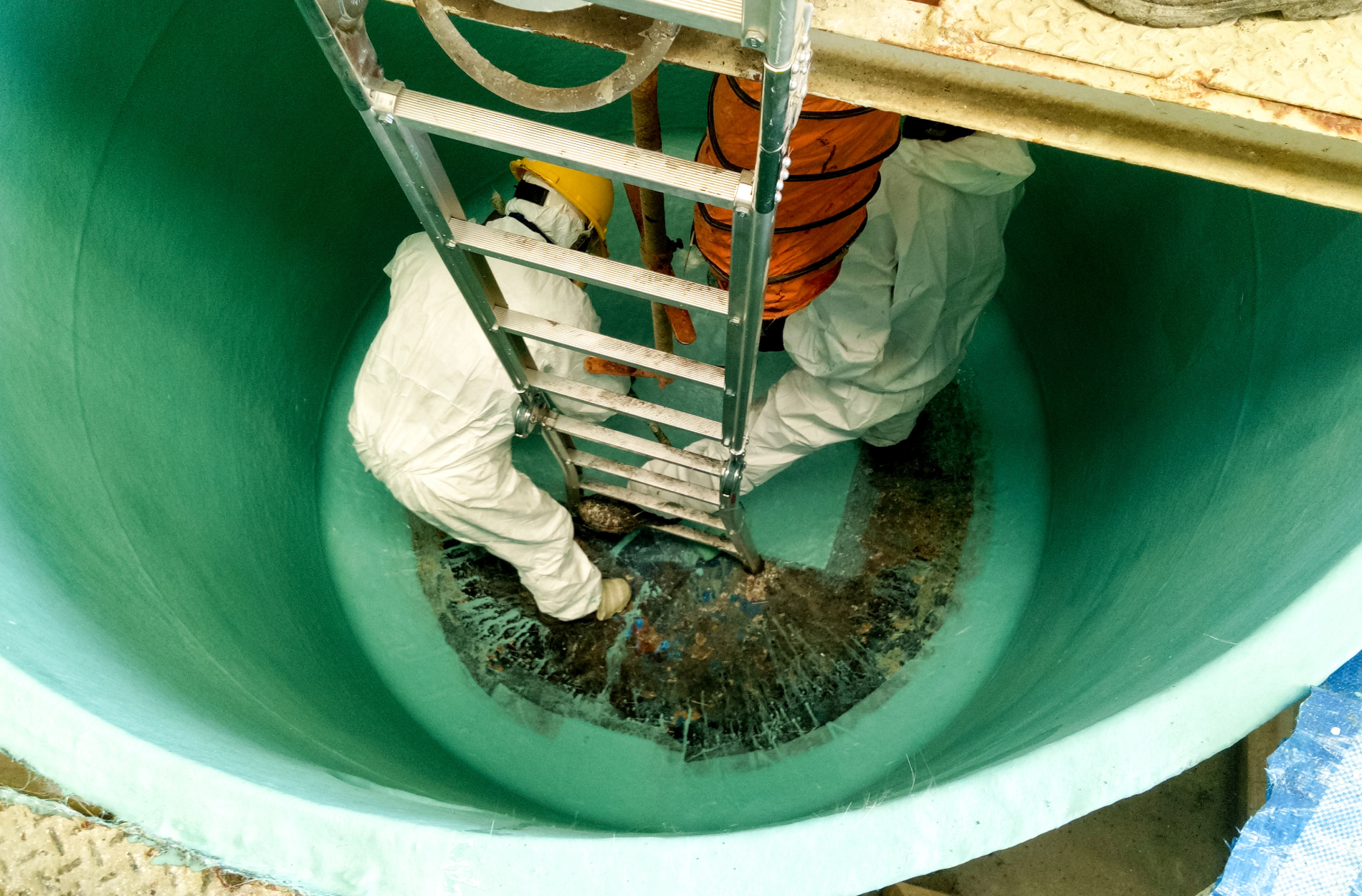
Choosing the right tank liner is crucial for ensuring the longevity and safety of your tanks. A well-selected liner protects the contents from contamination and prevents the tank itself from corroding or leaking. This is especially important for tanks used in various industries, storing anything from water to chemicals.
Factors to Consider When Selecting a Tank Liner
Choosing the correct tank liner is key to ensuring the safe and efficient storage of liquids. One of the most important factors to consider is the type of liquid being stored and its chemical compatibility with the liner. Different liquids can react differently with liner materials; some may cause wear or degradation if not properly matched. It’s crucial to ensure that the liner material can withstand the specific chemical properties of the liquid to prevent leaks and contamination.
Another essential factor is the impact of temperature fluctuations and environmental conditions. Tanks might be situated in areas where temperatures vary significantly, affecting the liner’s performance. For instance, liners that work well in warm conditions might become brittle in the cold. Additionally, exposure to sunlight or moisture can influence the liner’s durability. Careful evaluation of these environmental factors helps in choosing a liner that maintains integrity under varying conditions.
Understanding these factors ensures the long-term safety and reliability of the tank. Selecting a liner that is tailored to the specific requirements of the stored liquid and environment can significantly reduce the risk of failure, leading to cost savings and compliance with safety standards.
Types of Tank Liners and Their Applications
There are several types of tank liners available, each with unique properties suited to different applications. Here’s a list of common liner materials and their specific uses:
1. Polyethylene Liners: Known for their flexibility and resistance to a wide range of chemicals, polyethylene liners are often used for water and chemical storage tanks. They are easy to install and maintain, making them a popular choice.
2. Rubber Liners: These are excellent for protecting against abrasive materials and chemicals. Rubber liners are often found in mining industry tanks and are valued for their durability and resistance to wear.
3. Fibreglass Liners: Offering excellent corrosion resistance, fibreglass liners are commonly used in settings with harsh chemicals or where high temperatures are present. They provide a robust barrier that can handle tough environmental conditions.
Each type of liner offers its own set of advantages. Polyethylene liners provide a cost-effective solution for many applications, while rubber and fibreglass offer enhanced protection in more demanding environments. Understanding the specific requirements of the storage application helps in choosing the most suitable liner, ensuring efficient operation and reducing the need for frequent maintenance.
Benefits of Choosing the Right Tank Liner
Selecting the correct tank liner offers several advantages, primarily impacting the longevity, maintenance, and safety of your tank. The right liner can significantly extend the life of a tank by forming a robust barrier that withstands harsh environments and wear. When a tank is well-protected, it requires less frequent maintenance, lowering overall upkeep costs and reducing service interruptions.
A suitable liner directly affects safety by preventing leaks and corrosion. These issues can lead to severe consequences, especially in tanks storing hazardous materials. By using a liner that is tailored to the tank’s specific conditions and contents, these risks are minimised. Moreover, the use of appropriate liners ensures compliance with industry standards and regulations, avoiding potential legal repercussions and safeguarding the environment.
Overall, the right tank liner contributes to a more efficient and safe operation. It helps in maintaining a tank in optimal condition, supporting a trouble-free performance that benefits both financial and operational aspects of any storage facility.
Steps to Install and Maintain Your Tank Liner
Proper installation of a tank liner is crucial to ensure its effectiveness. Here’s a step-by-step guide to help install your liner correctly:
1. Prepare the Tank: Clean the tank thoroughly to remove any debris or residues. Inspect for any potential damage that might affect the liner’s fit.
2. Measure Accurately: Ensure precise measurements of the tank. Correct sizing is vital for a proper liner fit.
3. Install the Liner: Lay the liner carefully, ensuring it sits evenly along the tank’s surfaces. Avoid wrinkles, as these can weaken the liner over time.
4. Seal the Edges: Once in place, secure the edges to prevent movement and ensure a tight seal.
For maintaining the liner, incorporate these best practices:
- Regular Inspections: Schedule consistent checks to look for signs of wear or damage.
- Cleaning: Maintain cleanliness to avoid build-up that might degrade the liner.
- Address Issues Promptly: If any damage is found, address it swiftly to prevent further complications.
These steps ensure that your liner remains in good condition, extending its lifespan and the overall efficacy of the tank itself.
Conclusion
Choosing the best materials and liners for tank construction and maintenance is a key factor in ensuring efficient and sustainable storage solutions. By understanding the specific needs of your tanks—whether based on the type of liquid stored, environmental conditions, or operational use—you can make informed decisions that enhance the functionality and lifespan of these essential assets. The right materials not only protect the stored contents but also contribute to the longevity of the tank, reducing the need for frequent repairs.
If you’re looking for the right materials and tank liners, contact ATM Tanks. Our team is dedicated to helping you find the ideal solutions tailored to your needs, ensuring your tanks are reliable and effective for years to come!
- How to Fix Leaks in Your Water Storage Tanks - December 14, 2025
- Effective Techniques for Thorough Tank Cleaning - December 14, 2025
- The Benefits of ROV Tank Inspections for Maintenance - December 14, 2025






